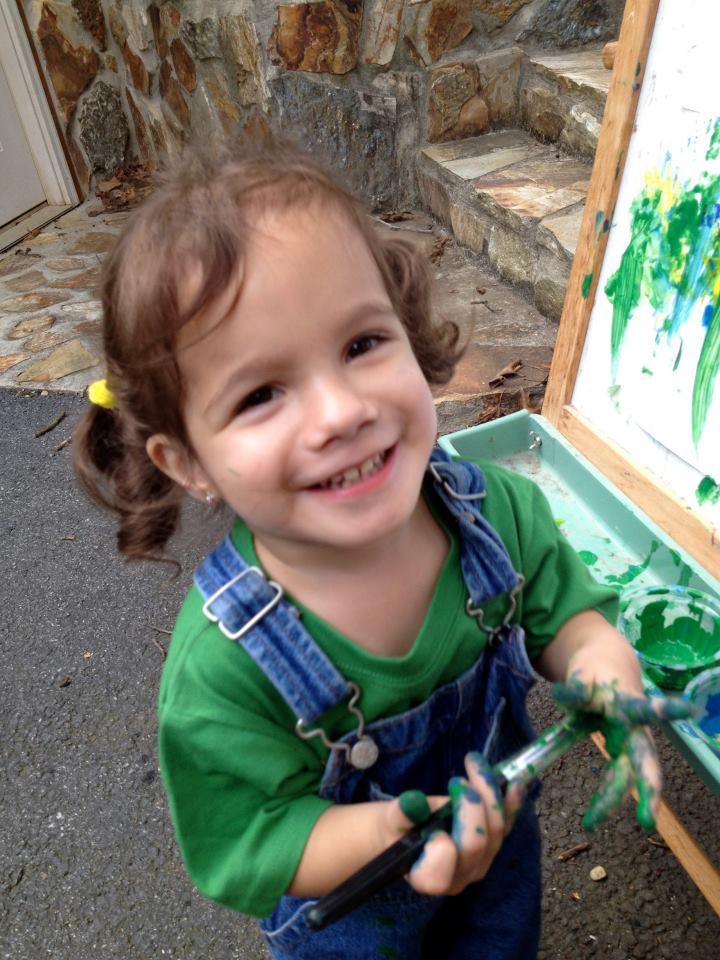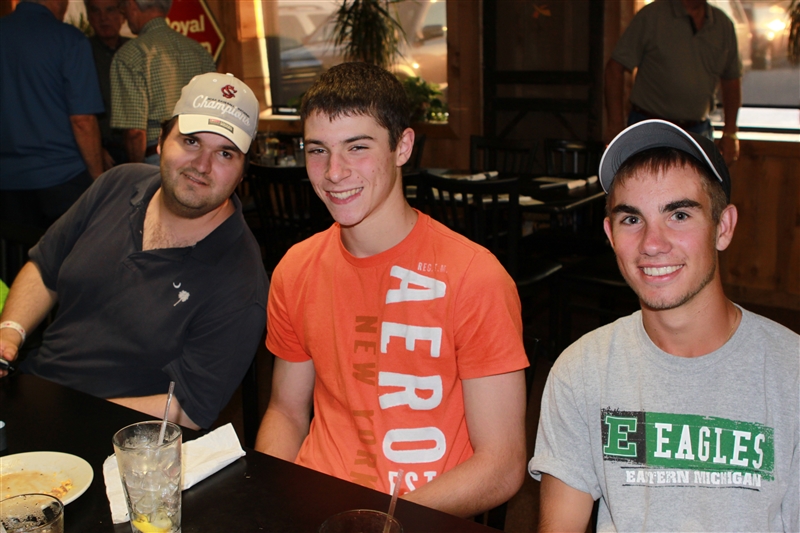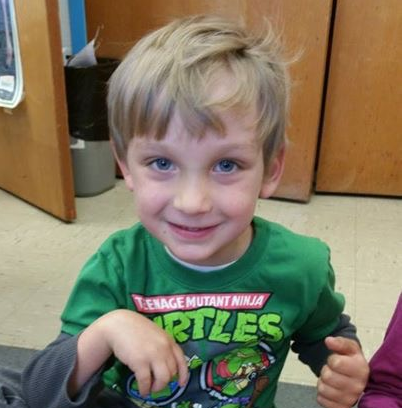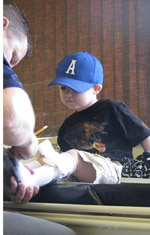
Gait refers to the controlled manner of walking or moving on foot. The functioning of the nervous system and the musculoskeletal system determines the gait pattern. In children who have hemiplegia, this delicate system is out of balance and often results in different types of gait.
Gait in the Child with Hemiplegia
A child with hemiplegia may have a tendency to walk with the toes on the affected foot striking the ground first, instead of the usual heel strike. This “toe drop” often results in our kids taking quite a few falls and tumbles. In order to clear the toe while walking, the child may develop a variety of ways to compensate, which then result in problems with his hip and or knee. Treatments may include gait analysis, physical therapy, orthotics, serial casting, botulinum toxin and surgery. The goal of treatment is not to “cure” the condition, but to enable the child to achieve her maximum potential.
Why does my daughter’s affected leg look shorter than her other leg?
Leg length differences, also known as leg length discrepancies (LLD) are commonly seen in children who have spastic hemiplegic cerebral palsy. One study looked at teens and young adults with hemiplegic cerebral palsy and researchers found that in more than 25 percent of the individuals with hemiplegia the affected leg was 15 millimeters shorter than the other leg. They reported that the main difference between the side with hemiplegia and the unaffected side was found in the tibia, also known as the shinbone. The larger the difference in leg length, the more your child has to compensate by changing her posture and walking pattern. This change in walking pattern, or gait, can lead to a variety of problems with the hip, knee, ankle, and sometimes back (scoliosis). Sometimes a child’s leg may appear to be shorter, but the difference is due to spastic muscles, pulling the leg up higher towards the hip. Your child’s orthopedic surgeon, physical therapist, and orthotist can follow your child to watch for differences in leg length and make suggestions for therapy, orthotics (braces), or in rare cases, surgery.
Gait Analysis Labs
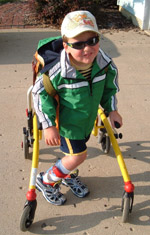
Shriner’s Hospitals have gait labs
Children’s Hospital Los Angeles Motion Analysis Lab – California – your child can watch videos about what happens in a gait analysis lab
Motion Analysis & Motor Performance Laboratory – Virginia
Gillette Children’s Specialty Healthcare Gait Lab – Minnesota
Hugh Williamson Gait Analysis Laboratory – Australia
Journal Articles on Gait
Leg length discrepancy in spastic hemiplegic cerebral palsy: a magnetic resonance imaging study
Management of Cerebral Palsy: Equinus Gait

The importance of swing-phase initial conditions in stiff-knee gait
A preliminary study of modification of gait in real-time using surface electromyography
Gait analysis alters decision-making in cerebral palsy
Edinburgh visual gait score for use in cerebral palsy
Stair locomotion in children with spastic hemiplegia: the impact of three different ankle foot orthosis (AFOs) configurations
The effect of foot placement on sit to stand in healthy young subjects and patients with hemiplegia
Measurement of plantar pressure distribution in hemiplegic children: changes to adaptive gait patterns in accordance with deficiency



